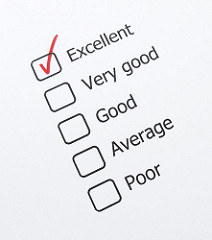Dow reclaims 18,000 as quarterly reports begin to flow
Wall Street rose on Monday, with the Dow touching highs not seen since July, while investors braced for a flurry of quarterly earnings reports through the week.
A recent rebound in oil and signs that the U.S. economy was recovering have helped stocks rally from a steep selloff earlier this year that had pushed the S&P 500 down as much as 10.5 percent.
The index is now up 2.3 percent in 2016 and only about 2 percent short of its all-time high, while the Dow breached 18,000 for the first time since July 21.
That came despite bleak expectations for first-quarter earnings reports, many of which flow in this week. Earnings of S&P 500 companies are seen falling 7.7 percent on average, with the energy sector weighing heavily, according to Thomson Reuters I/B/E/S.
Source: Dow reclaims 18,000 as quarterly reports begin to flow | Reuters


 A balanced portfolio should include great companies and mutual fund stock indexes. In order to effectively buy a mutual fund, you should evaluate its performance using one of the mutual fund rating systems. Both the Morningstar and Lipper mutual fund rating systems provide comparative ranking of fund performance ranging from 1 year to 10 years. The primary difference lies in the metrics used to determine which funds rank highest to lowest in a category (i.e. peer group).
A balanced portfolio should include great companies and mutual fund stock indexes. In order to effectively buy a mutual fund, you should evaluate its performance using one of the mutual fund rating systems. Both the Morningstar and Lipper mutual fund rating systems provide comparative ranking of fund performance ranging from 1 year to 10 years. The primary difference lies in the metrics used to determine which funds rank highest to lowest in a category (i.e. peer group).
